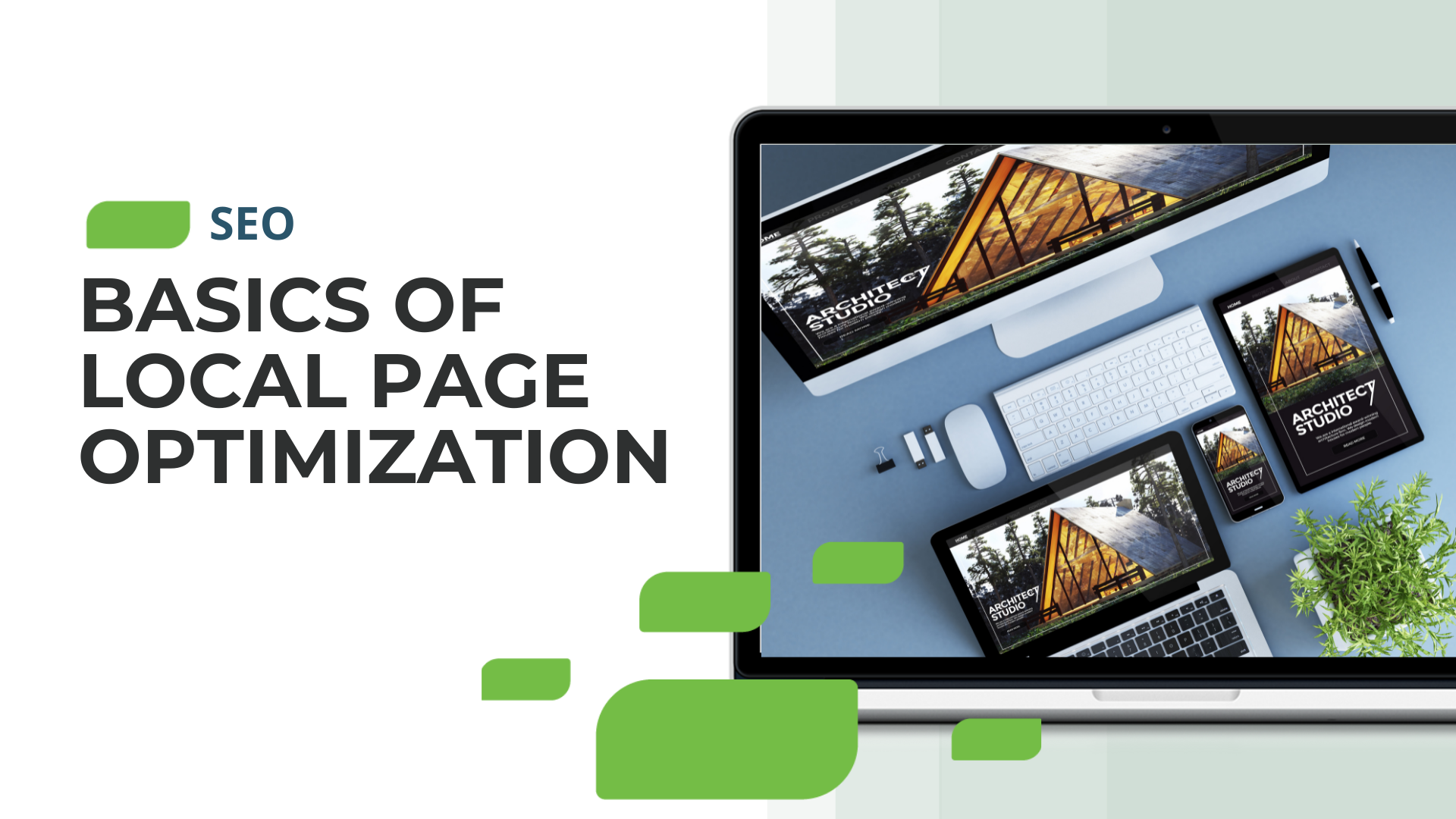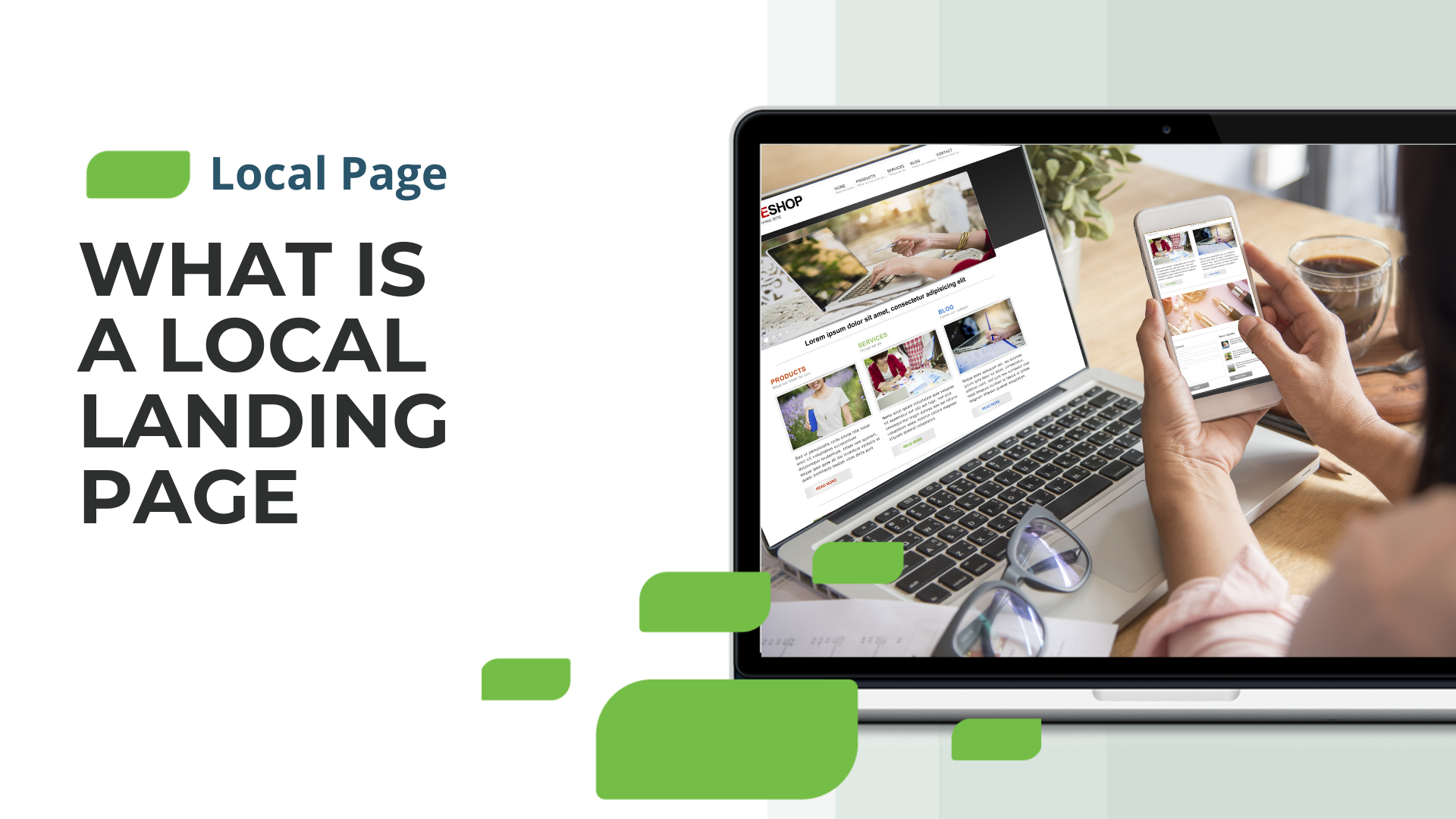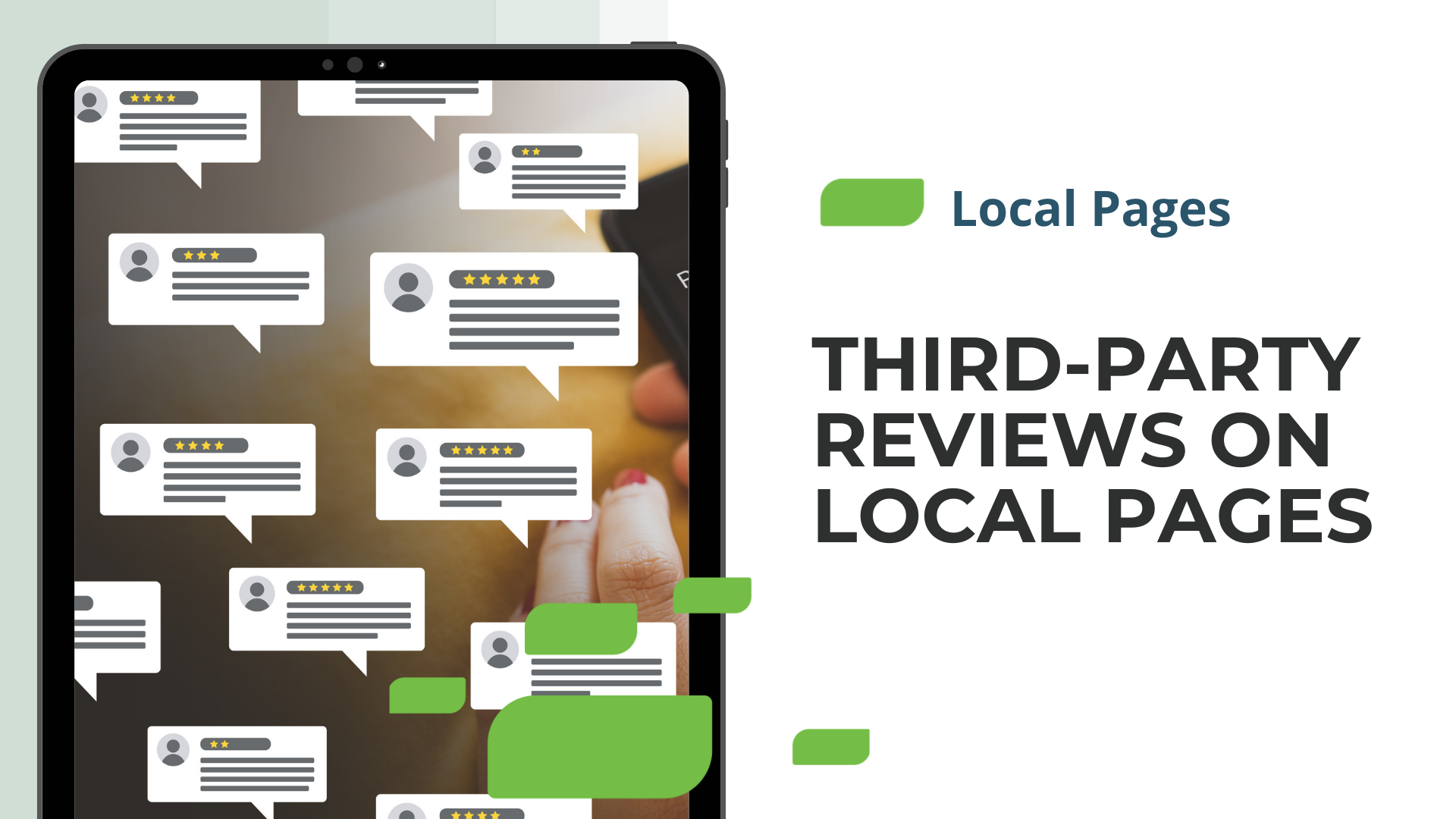Basics of Local Page Optimization

Basics of Local Page Optimization
What Is Local Page Optimization?
Investing in local landing pages is one important way that multi-location brands can help consumers find their stores. Ideally, brands should have local landing pages for each store location. Service-based businesses should maintain local pages for each geographical area they serve. Sometimes, it’s a good idea to combine these strategies, if doing so describes your local market coverage more accurately. Unfortunately, simply having a local page for each store location may not be enough to rank highly in Google search results. With so much competition for local keywords, businesses need to make sure their local pages are optimized for maximum effect. Local page optimization is the process of optimizing a business’ store-specific website to attract more business from relevant local searches. Local page optimization goes beyond Google rankings. Consumers search for businesses across many different platforms and mobile apps, including Apple Maps, Bing, Yelp, and Facebook, in addition to Google. A brand’s local pages should appear as links within Apple Maps listings, Bing listings, and so forth, when people search for relevant keywords across all platforms.Best Practices for Local Page Optimization
Use these strategies to ensure your webpages are showing up when people conduct local searches:- Standardize your business name, address, and phone number. The information on a local page needs to mirror a business’ Google My Business profile. If the name, address, or phone number is different in any way, there is a risk of confusing Google’s search index and dropping in the search rankings.
- Make local pages mobile-friendly. Local landing pages should display correctly on mobile devices. For the sake of local page optimization, you need to make sure your webpages are responsive and fast-loading.
- Incorporate keywords into page title tags. The best keywords for local landing pages are those that include the specific business name and location.
- Apply alternative tags to all images on local pages. Alternative tags, also known as “alt” tags, should describe the image accurately, and when possible, include the keywords that you are trying to rank for.
- Clean up URLs. Having a URL with special characters, uppercase letters, or numbers like “404”, can lower your ranking on search engines.
- Review your Schema markup. Your business’ name, address, phone number, and business hours should have the appropriate Schema markup. Schema markup helps search engines understand the content on a webpage, and helps to ensure your content is indexed properly for voice search. If you need help with Schema markup, try using Google’s Structured Data Markup Helper.







